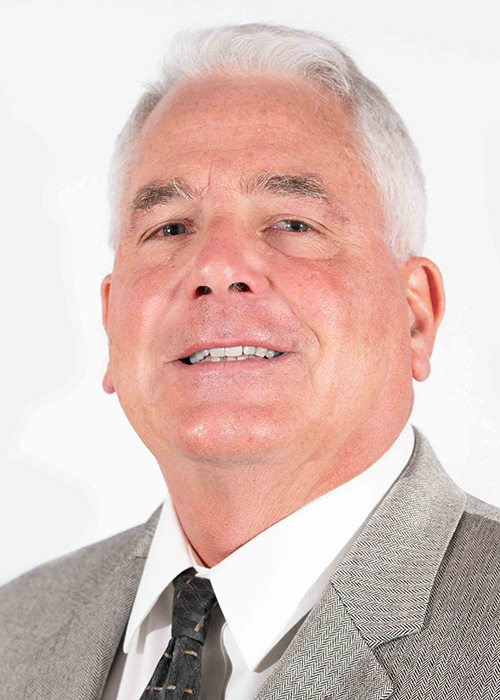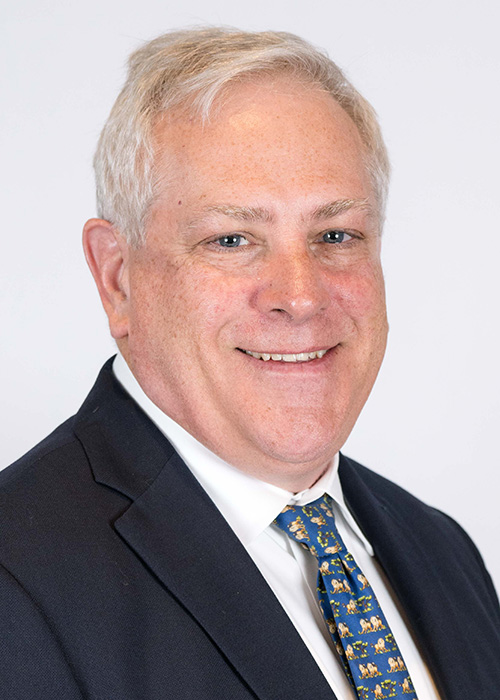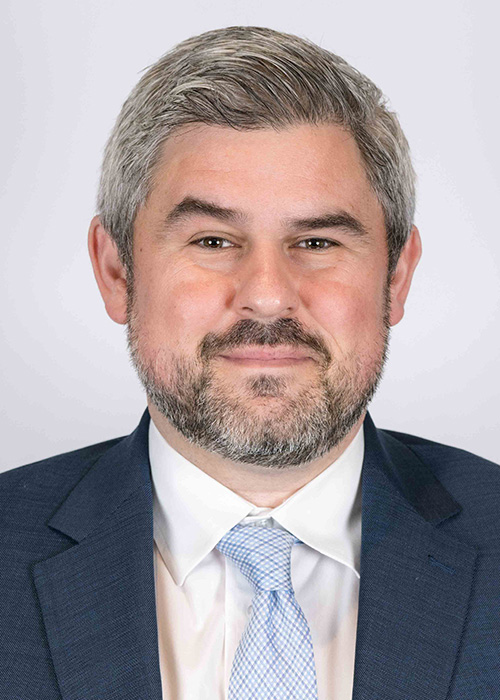Vasectomy Reversal
One of the most common procedures we perform as urologists is a vasectomy—an office procedure to prevent the flow of sperm into the ejaculate by dividing the vas deferens on both sides of the scrotum. This is almost always performed through a small incision or puncture in the scrotum under local anesthesia.
Although we consider vasectomy a permanent procedure for contraception, it is possible to perform a vasectomy reversal. There are several ways to accomplish this, but the most common one is termed a vasovasostomy. Unlike a vasectomy, a vasovasostomy is a more technically-challenging procedure that requires a delicate approach to reconnect the two ends of the vas at the site of the previous vasectomy. In rare cases where there is obstruction in the vas deferens, a vasoepididymostomy is required. This procedure requires the vas deferens to be sewn directly to a tubule of the epididymis (the structure that collects sperm from the testis).
It is estimated that 5% of men undergoing vasectomy will change their mind and decide to seek reversal. We frequently have patients seek vasectomy reversal after remarrying a new partner. Sometimes the same couple presents after a change of heart regarding the decision to have more children. Rarely, vasectomy is performed due to post-vasectomy pain syndromes to relieve the obstruction. This latter case is an area of controversy in urology and it is unclear how well vasectomy reversal improves this condition.
In any case the most common question is, “What are my chances of having another child?” To answer this question we consider several factors. Most importantly, we need to know how long it has been since the vasectomy was done. This is because the results are often directly related to the “age” of the vasectomy. For men who have a reversal within 3 years of their vasectomy, the success of restoration of sperm flow approaches 97%. However, if it has been 20 or more years success drops off significantly. Likewise, maternal factors are also considered. Postoperative complications from the vasectomy may also affect the difficulty of the reversal. In many cases the prospective mother is older, and their fertility may have never been tested. As maternal age approaches 40 years or older, the risks of pregnancy and chromosomal abnormalities, such as Trisomy 21 (Down’s Syndrome) go up dramatically. Lastly, many authors believe that the presence of anti-sperm antibodies affect the fertility rate. We always recommend that these factors be considered whenever a vasectomy reversal is planned.
Success of the reversal is measured by two different statistics. It is important to understand what number your surgeon is quoting. A successful reanastomosis of the vas deferens and the presence of motile sperm in the ejaculate can be accomplished in over 90% of all patients presenting for reversal. We call this number the patency rate. As noted above if the vasectomy was done recently (<3 years prior), the patency success is nearly 97%. However, the chance of conception is what patients care about—this is the ultimate measure of fertility. Unfortunately, overall fertility can only be expected in approximately 50-60% of all cases. This is due to several factors: health of the sperm, quality of sperm flow through the surgical site, anti-sperm antibodies, and maternal fertility. We generally quote the success based on the age of vasectomy as:
| Years since Vas | Patency | Fertility |
|---|---|---|
| <3 years | 97% | 76% |
| 3-8 years | 88% | 53% |
| 8-15 years | 79% | 44% |
| >15 years | 71% | 30% |
*From Belker AM, Thomas AJ Jr, Fuchs EF, Konnak JW, Sharlip ID. Results of 1,469 microsurgical vasectomy reversals by the Vasovasostomy Study Group.
J Urol. 1991 Mar;145(3):505-11.
In cases where a couple seeks vasectomy reversal, we recommend the prospective mother undergo a gynecologic evaluation first. This is to identify obvious issues that might lead to maternal infertility, and spare the couple the cost and stress of undergoing an unsuccessful attempt at conception via vasectomy reversal.
The Procedure
In general, vasectomy reversal is performed in a 2 to 3 hour procedure using magnification by either an operating microscope or loupes. The patient is given anesthesia and the site of the previous vasectomy is identified through the scrotal skin. Depending on several factors, a small incision is made in the scrotum or a larger incision is made and the entire testis is exposed. The latter might be necessary if a vasoepididymostomy is needed or the vasectomy site is difficult to feel. The ends of the vas deferens above and below the vasectomy scar are cut. On the testis side, fluid is expressed and inspected under a microscope for the presence of sperm, the presence of which greatly increases the probability of success. On the upstream portion of vas deferens, fluid is injected to confirm the absence of obstruction. The two ends are then gently held together under no tension and sewn together using 9-0 or 10-0 Nylon suture. Since the suture is several diameters thinner than human hair, and numerous sutures must be placed to get a water-tight closure, it can be very tedious. In most cases magnification with a microscope is essential to best align the inside lumen of the vas deferens.
Following the procedure, the patient is discharged after recovering from anesthesia. Recovery is similar to the vasectomy, although there may be slightly more scrotal swelling and discomfort. The patient can return to work in 3-5 days; however, resumption of exercise is not recommended for 2-3 weeks, and patients are instructed to refrain from postsurgical sexual activity for 4-5 weeks. We see the patient back in 6-8 weeks for an initial semen check. If no sperm are present, we periodically recheck for up to 18 months post-reversal. By then if no sperm is present, it is deemed to be a failure. Options at that time include repeat attempt at vasectomy reversal (sometimes requiring vasoepididymostomy), sperm harvesting for later use in in-vitro fertilization, adoption, or intrauterine artificial insemination with donor sperm. Since a repeat surgical procedure is sometimes exceedingly difficult, it is recommended that it only be done at a specialized infertility center with an experience microsurgeon in vasoepididymostomy and where sperm collected at the time of surgery can be frozen and stored.



